The SaGa series is a special one. It’s sometimes inscrutable gameplay mechanics may put off RPG players more used to the comforts that Final Fantasy or Dragon Quest provide, but stalwarts stand by it, beckoning the curious over to give it a taste.
At first, there are the bitter notes: character stories that are largely independent of one another, with little that congeals by its final hours. Battle ranks that seem to punish players for grinding to usurp tough encounters. When pared the sweet: the variety of stories that are told that don’t always need world-ending stakes, the satisfaction of taking a more active role in how your party’s composition fares against different kinds of encounters. It take some getting used to, but if last year’s SaGa Scarlet Ambitions was any indication, the SaGa style can prevail and deliver.
Final Fantasy II, the precursor to the SaGa series, is often unfairly derided as “the worst one,” and while there a few bumps when it comes to difficulty scaling and encounter designs, I feel the game serves as a stronger launch point for the series. Character work, light as it may be, and themes of empire, occupation, and loyalty are strung along in a quest between MacGuffins that smacks of Star Wars, a common inspiration of many of Square’s early developers. Strange creatures like chocobos and a precursor to moogles make their appearance as the series took a small step out from behind a Dungeons and Dragons handbook. It’s also fun to note that in the Final Fantasy Ultimania Archive, a lot of early, unused ideas in design documentation get repurposed in Romancing SaGa.
Eschewing a vertical progression system with levels and experience points, the game builds your characters around how you use them in battle. Equip a sword to Maria and she’ll grow more proficient with them. Give Guy a Fire spell and his skill with magic will grow. So on and so forth. One shortcoming is often cited: the ability to easily break the system by setting your characters attacks and abilities against themselves — strengthening them much quicker in the process. While it’s certainly possible, you have to commit a non-trivial amount of time to grinding out the stats you want. And really — you’re still engaging with the progression the game has designed for you, albeit at a pace quicker than intended. While the story proceeds linearly from event scene to event scene, exploring the world is a bit more open that its predecessor — and with it comes the peril of wandering into places where you’re vastly over-matched, lending a sense of excitement and peril to exploration. All of these elements find their way into SaGa games, starting with the first three that first released in Japan in the late-80s and the early 90s. Localized as “Final Fantasy Legend,” they provided a different flavor of RPG on the handheld, a reprieve from the ubiquity of Pokémon.
Collection of SaGa Final Fantasy Legend features The Final Fantasy Legend, Final Fantasy Legend II, and Final Fantasy Legend III on the Nintendo Switch. The developers have added in a function where you can detach the JoyCons and use the Switch’s touchscreen with virtual buttons, simulating an experience closer to the original GameBoy. What’s also nice here is the ability to move and expand these buttons for a more comfortable fit if desired. A speed-up function is also handy for moving some menial battles along more quickly.
If you’re stepping into these games for the first time via this collection, it’s fun to note the differences between each entry. The Final Fantasy Legend features a fully customize-able cast that can permanently die should they run out of life points. Character progression differs based on your race, which functions similarly to a class. Humans are proficient with weapons, but their stats can only increase with items bought from shops. Mutants will “mutate,” learning new magic spells at random as well as stat upgrades. Monsters can consume meat that sometimes drop after battles which will transform them into other types of monsters. You’ll soon discover that a party with more humans depends more on money, while a party with more monsters requires you to proceed carefully with transformations – as some come with a abilities more or less useful in various encounters.
Compare that with Final Fantasy Legend III, which introduces established characters, an experience point and levelling system, and an MP resource with which to cast spells as opposed a hard amount of uses. Life points have been forgone, and party members will revive with 1 hit point remaining after battles. The through-line in all these games is the emphasis is the flexibility with which you have to customize your party. It’s interesting to see how experimenting with these mechanics led to the decisions that led the Romancing SaGa series on the SNES.
It was also nice to remember how much I enjoyed with the soundtracks composed by Nobuo Uematsu and Kenji Ito, the latter of which becoming the face of the SaGa series music. Despite the limitations of the GameBoy’s sound chip, a lot of songs feel full-bodied and exciting, especially boss themes.
Verdict
Adequately priced at $19.99, Collection of SaGa Final Fantasy Legend is a good way to experience or re-experience these games, and with the virtual pad options, in a similar handheld experience. The modest amount of creature comforts like a speed boost are nice, but you’re mostly getting these games as-is with little fuss. If you’re experiencing these games for the first time, they make for good pick-up-and-play sessions for bed, thanks to the ability to save just about anywhere.
Collection of SaGa Final Fantasy Legend is now available on Nintendo Switch.
Disclaimer: Review code provided by the publisher Square Enix.
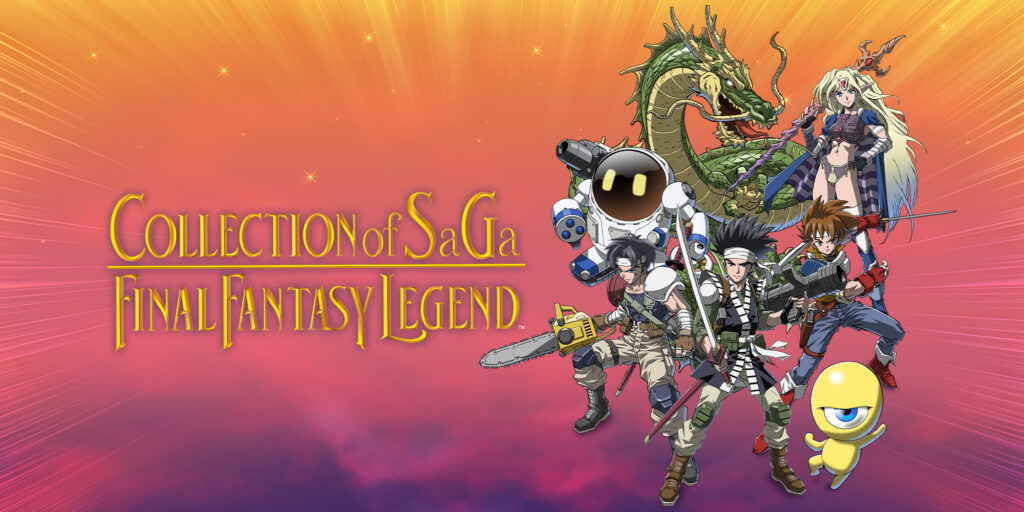
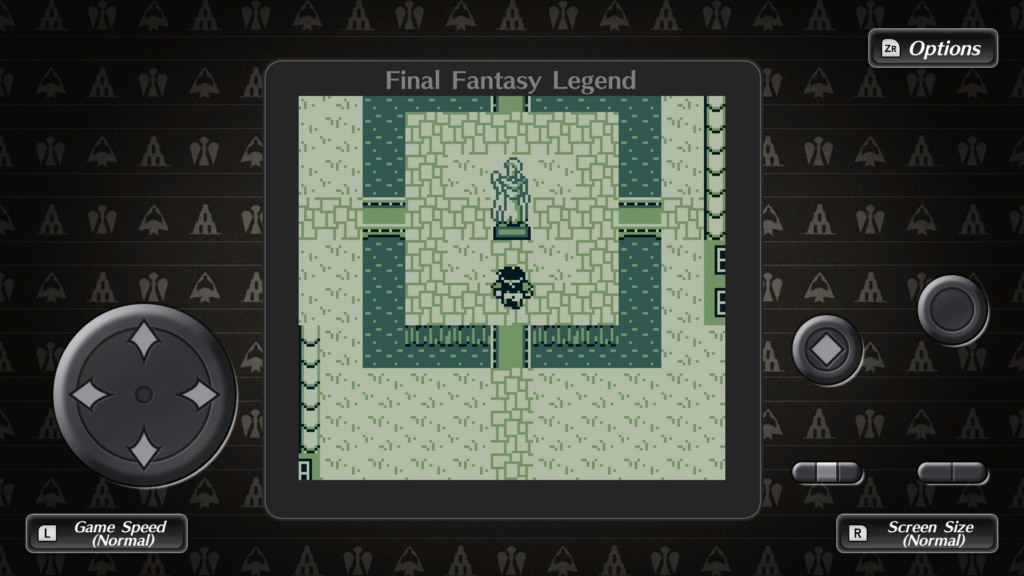
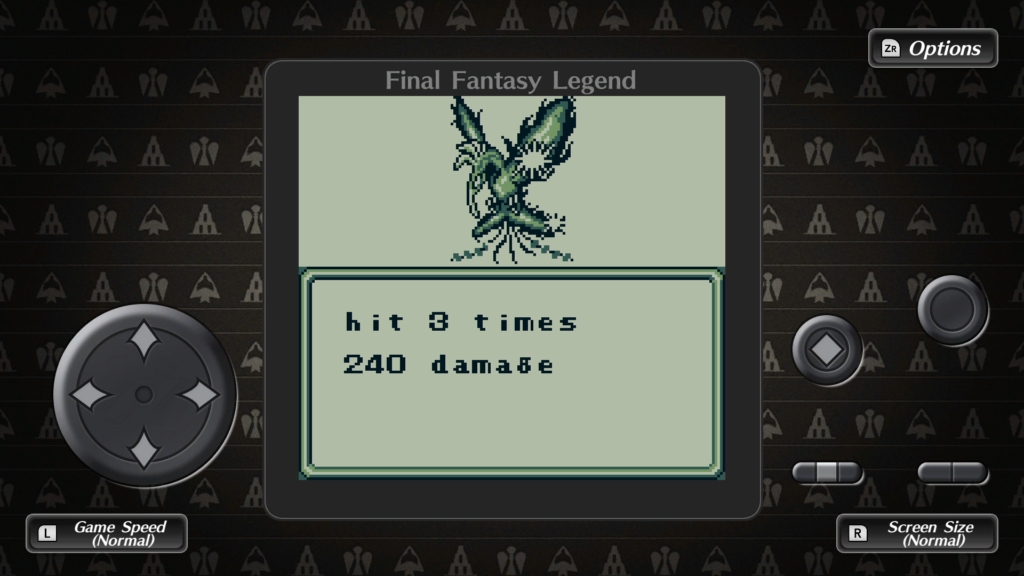
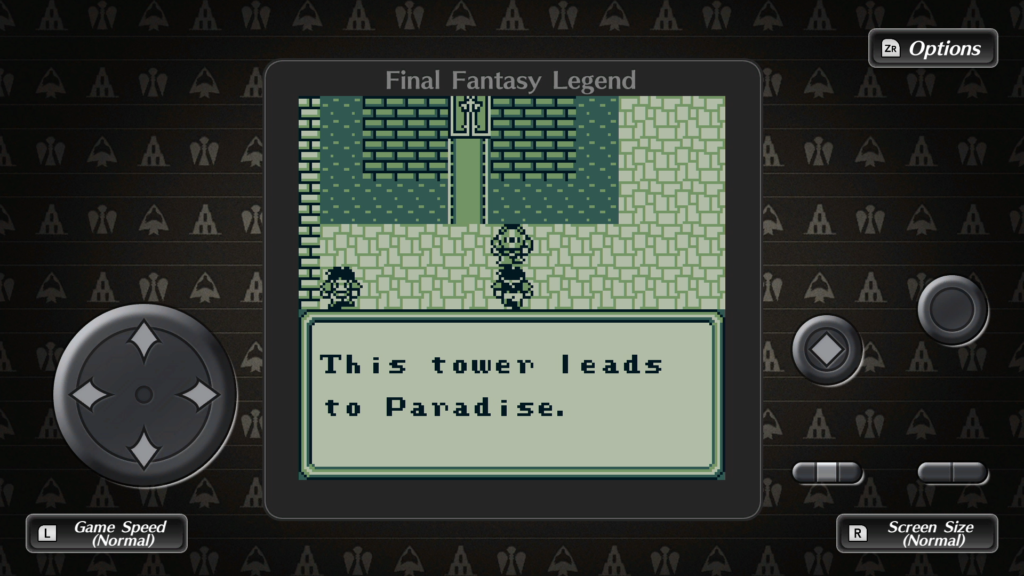
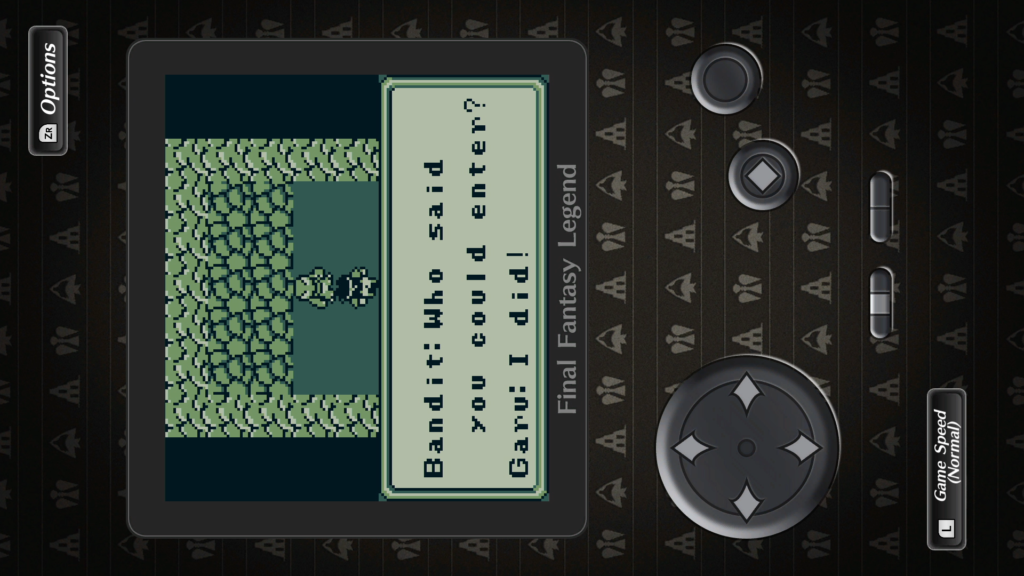
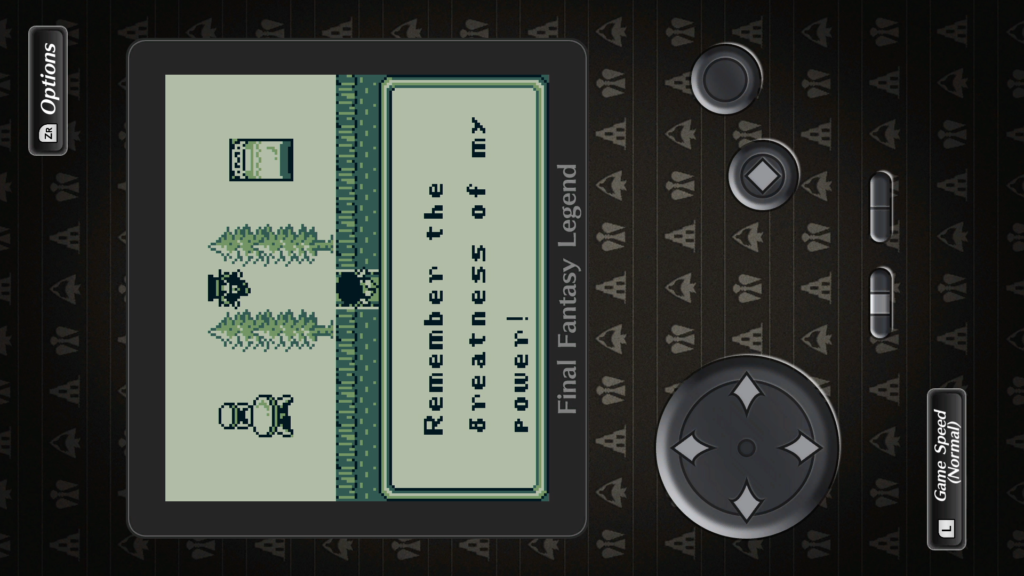
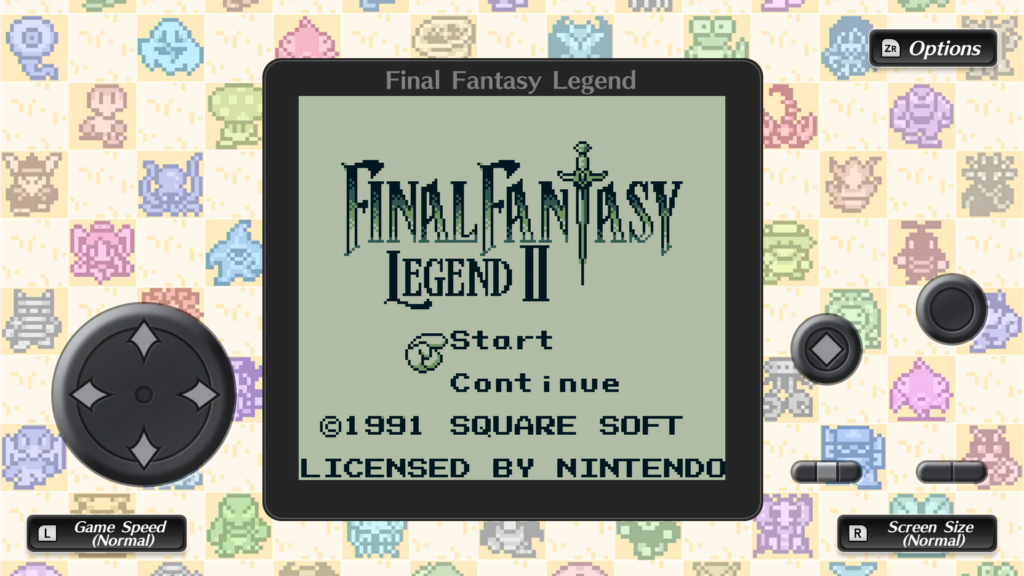
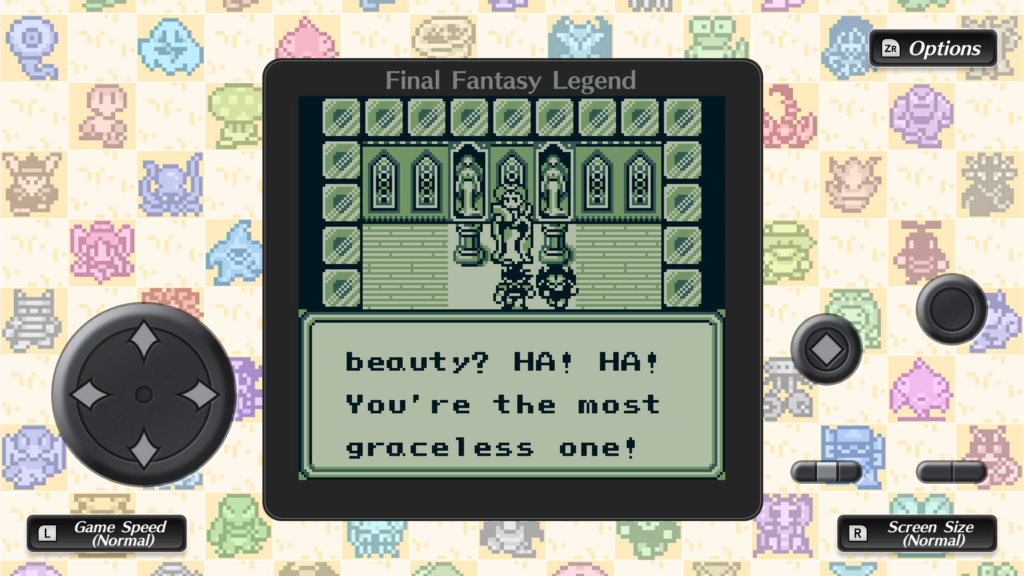
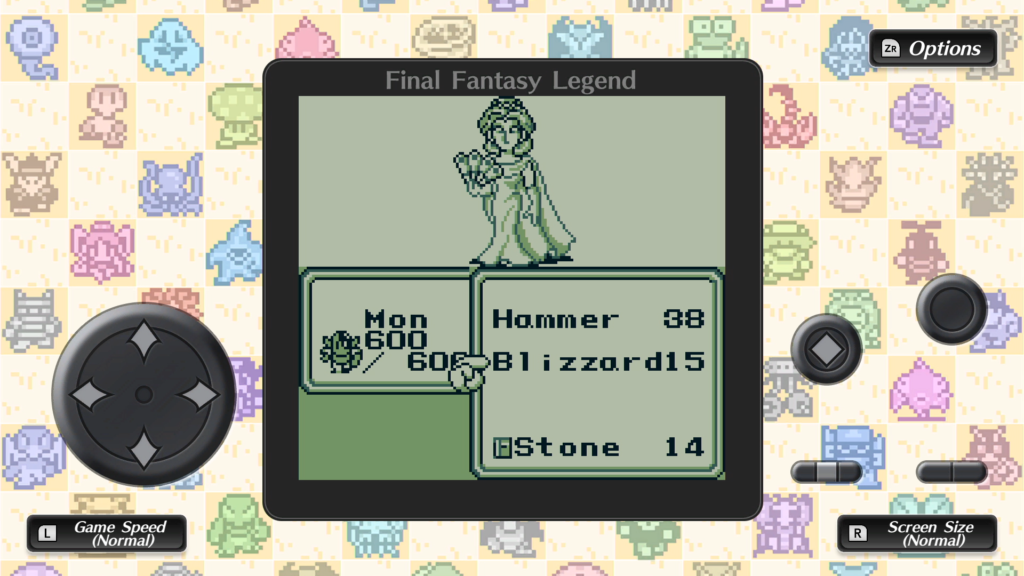
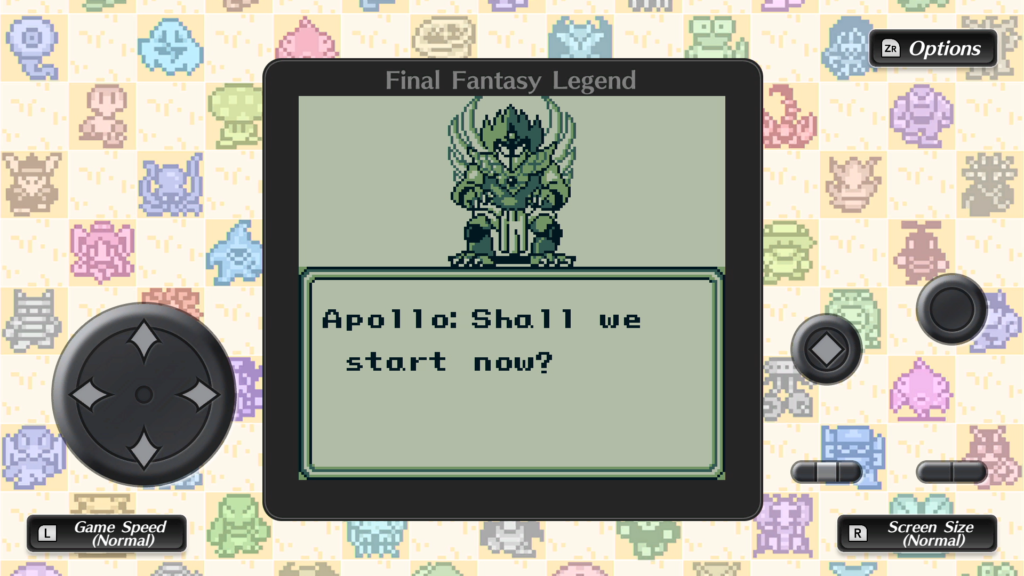
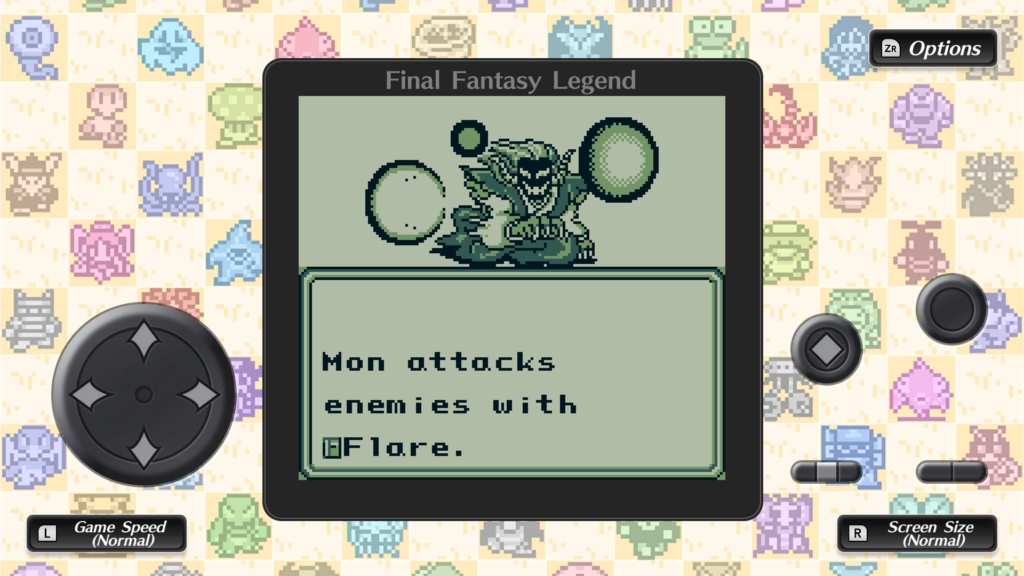
Recent Comments